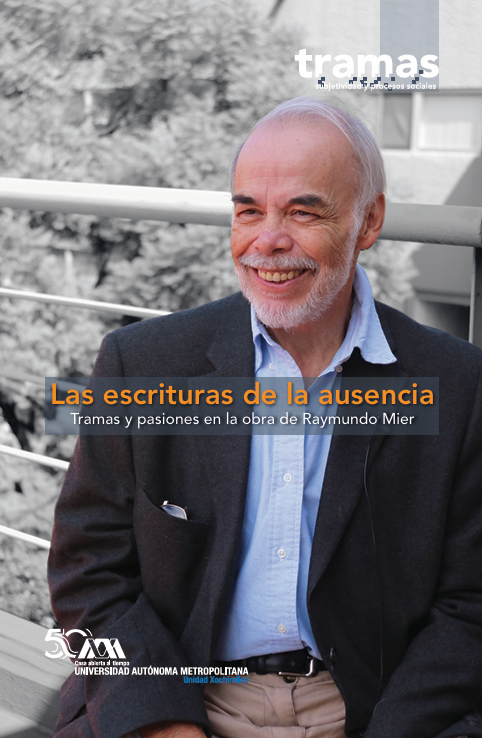El mal, el diablo y sus imaginarios
Abstract
This paper deals with beliefs, myths and imaginary in various cultures and in particular with subjective constructs of "evil", as represented at two specific points in our study: Catholicism in the Middle Ages and the syncretism of prehispanic and Hispanic religion in relation to witch hunting in Colonial México. The construction of diabolic images in the Middle Ages responds in general terms to forms of power and its exercise. These are related to the ways fear generated by superstition and ignorance was handled, specifically in relation to how the Catholic Church persecuted witches for having fornicated with the devil. They are representations of repressed sexuality in situation of priestly celibacy and the hatred of the masculine drive, as presented in the he goat representing sexual freedom. Regarding imaginary constructions of "evil" in prehispanic worldviews, differing and much less threatening subjective modes appear. Imposed on local culture, medieval notions generate a specific form of appropriation of meaning, images and constructs regarding the devil which are very telling of specific aspects of social organization and subjective structure in Mexican cultures.











